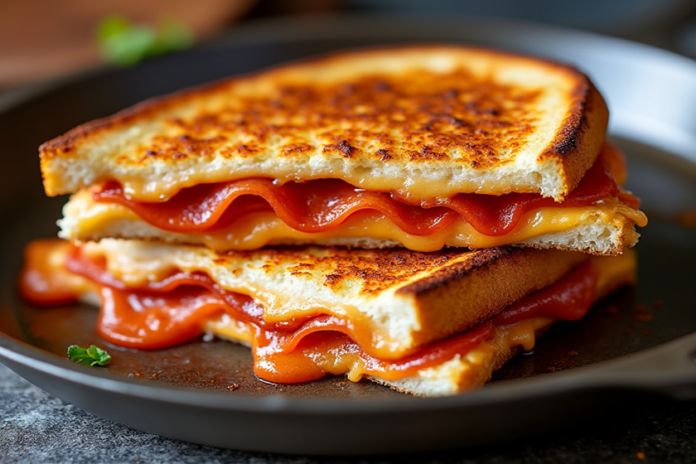Forty Acre Bog on Lake Chippewa, also known as the Chippewa Flowage, represents a remarkable natural phenomenon where a floating bog, complete with mature trees, occasionally drifts around the lake. This unique feature of Lake Chippewa was formed when the area was flooded in 1923 to create the lake, resulting in submerged peat bogs rising to the surface. Over time, these floating islands have become platforms for various vegetation, including trees, which can act like sails, moving the bogs with the wind.
See the video:

Here are some key points about the Forty Acre Bog:
Nearly every year, local boat owners come together to manually push this floating island away from a bridge connecting the east and west sides of Lake Chippewa. This task is necessary to keep the waterways open, as the bog can block this crucial passage.
The bog, and similar floating islands in the lake, are ecologically significant, hosting various plant and animal species. Their movement around the lake can influence local ecosystems by creating or altering habitats.
The annual event of moving the bog has not only become a community activity but also a point of local pride and interest, drawing the kind of attention where people share videos and discussions online about this natural marvel.
As the name suggests, the Forty Acre Bog is significant in size, covered with vegetation, including mature trees. Its mobility is due to its floating nature, supported by peat that didn’t decompose due to water-logging, making it buoyant.
While the movement of the bog might seem like an inconvenience, it’s also a reminder of human interaction with natural environments. Various discussions often touch on themes like environmental management, the balance between nature and human activity, and even whimsical ideas like establishing a new sovereign nation on the floating land.
The Forty Acre Bog’s story is not just about a natural phenomenon but also reflects human adaptation and interaction with their environment, showcasing both the challenges and the community spirit it fosters.
Note:
Lake Chippewa, also known as the Chippewa Flowage, is an artificial lake in northwestern Wisconsin. It is fed by the East Fork Chippewa River and the West Fork Chippewa River. Winter Dam at the southern end is where the Chippewa River flows out of the lake.
There are numerous floating peat bogs in the lake, the largest of which is known as the Forty-Acre Bog.
Lake Chippewa – Wisconsin DNR





Consumer confidence in the U.S. experiences notable decline
Consumer confidence in the U.S. experiences notable decline, marking the most significant drop in over three years. This shift was primarily influenced by concerns over the job market and broader economic conditions.
The Consumer Confidence Index fell to 98.7 in September from 105.6 in August, indicating a substantial decrease in consumer optimism.
There’s been a noticeable softening in views about the job market. While unemployment remains relatively low, the perception of job availability has worsened, with fewer people seeing jobs as plentiful and more viewing them as hard to get.
Consumers are more pessimistic about business conditions and their personal financial future. This pessimism is partly due to recent economic indicators showing slower job growth and a potential for increased unemployment, despite a recent interest rate cut by the Federal Reserve.
Public sentiment is showing a mix of concern and political anxiety, with some linking the decline in consumer confidence to broader political and economic strategies under the current administration.
Historically, significant drops in consumer confidence can foreshadow economic slowdowns or recessions. The current sentiment might influence spending behaviors, potentially leading to reduced consumption, which could further impact economic growth.
This downturn in consumer confidence in the U.S. highlights a cautious outlook among Americans, driven by economic uncertainties despite actions like interest rate adjustments aimed at stimulating economic activity.
Note:
“The drop in confidence was steepest for consumers aged 35 to 54. As a result, on a six-month moving average basis, the 35–54 age group has become the least confident while consumers under 35 remain the most confident. Confidence declined in September across most income groups, with consumers earning less than $50K experiencing the largest decrease. On a six-month moving average basis, consumers earning over $100K remained the most confident.” — https://www.conference-board.org/topics/consumer-confidence
Stay up-to-date by listening to the Conference Board Podcasts.